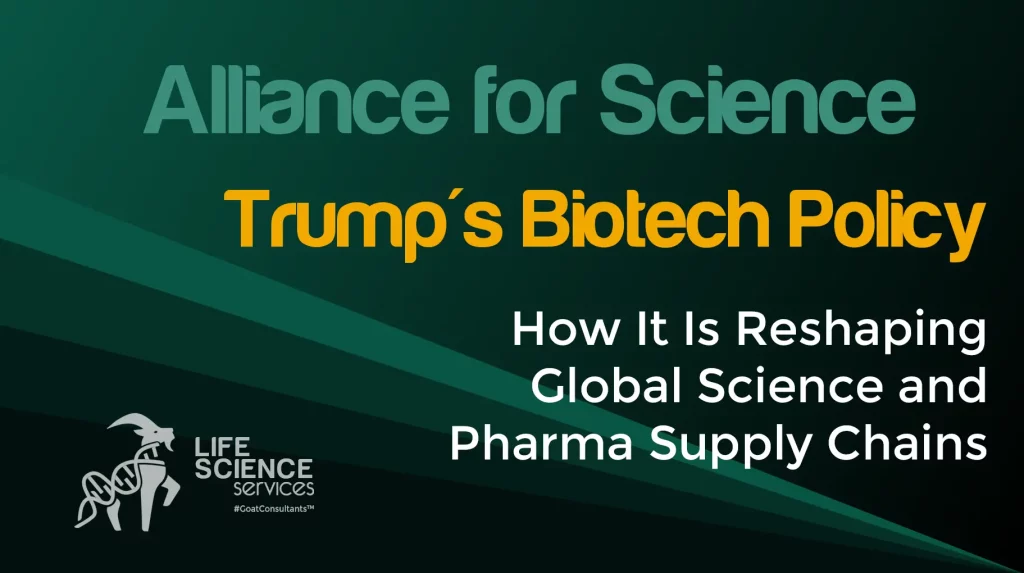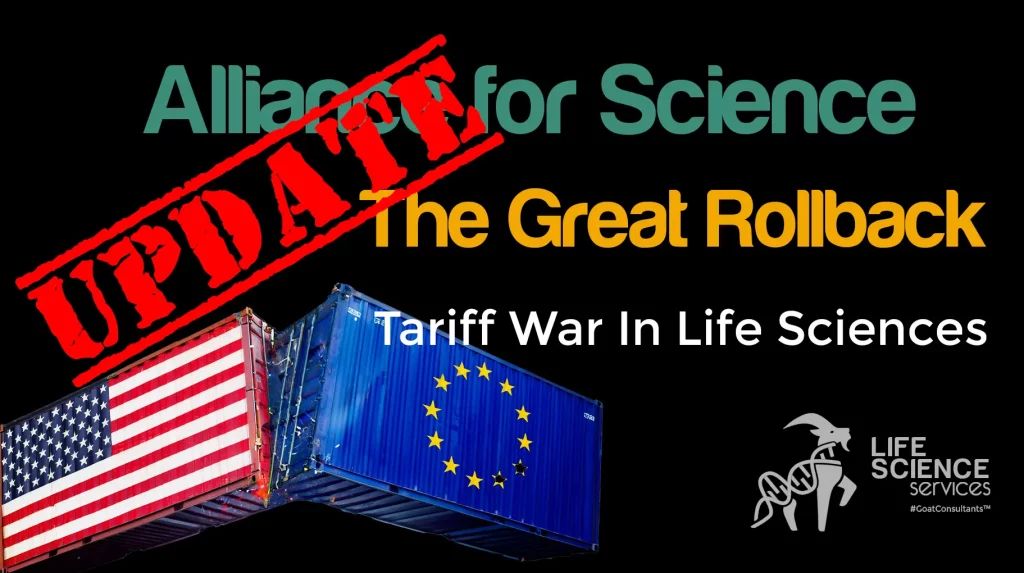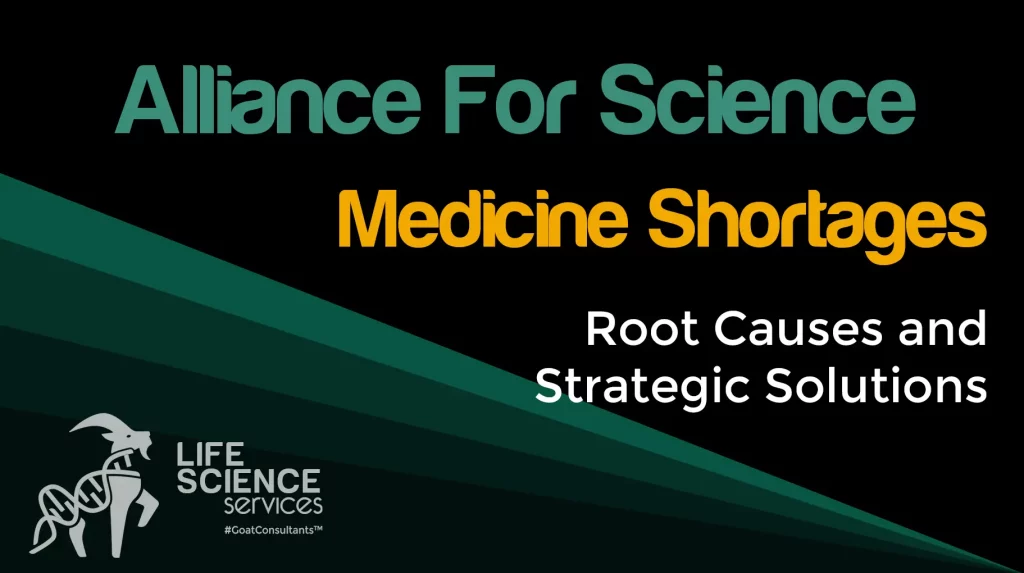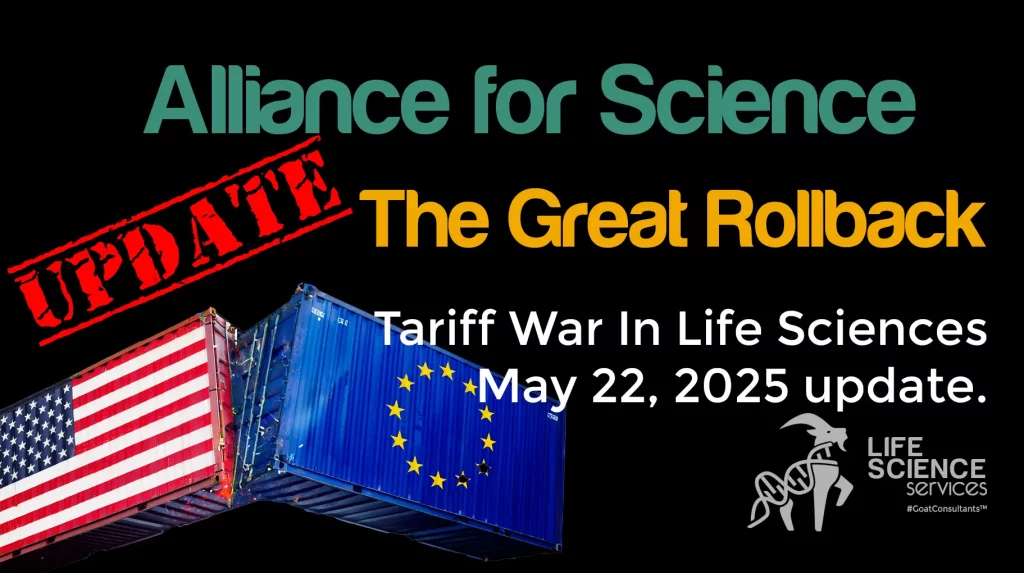
Latest News on Tariffs in Life Sciences: May 22, 2025
What Executives Need to Know Now
Background – What happened since “Liberation Day”
The latest developments in U.S. trade and drug pricing policies signal growing disruption risk for the life sciences sector. With renewed momentum behind Trump-era tariffs, including the threat of a 25% import tax on pharmaceutical ingredients and products.
Companies are facing a wave of cost escalation, supply chain instability, and innovation slowdowns.
Click here to downloand the list of Pharmaceutical Products exempt from Tariffs
For founders, CEOs, and financial officers of small and mid-tier life sciences firms, these pressures aren’t hypothetical. Rising operational costs, squeezed margins, and uncertain ROI on R&D investments require immediate attention. Further compounding the issue, “Most Favored Nation” (MFN) drug pricing proposals could reduce international revenues while discouraging U.S. development.
“Tariffs and pricing reforms are immediate strategic risks for life sciences companies.”
This article breaks down the actionable implications, from supply chain to policy, of the Latest News On Tariffs In Life Sciences, highlighting risks to profitability, strategy, and long-term competitiveness. It also outlines specific steps leaders can take now to mitigate the fallout.
Trump-Era Tariffs and Their Expansion
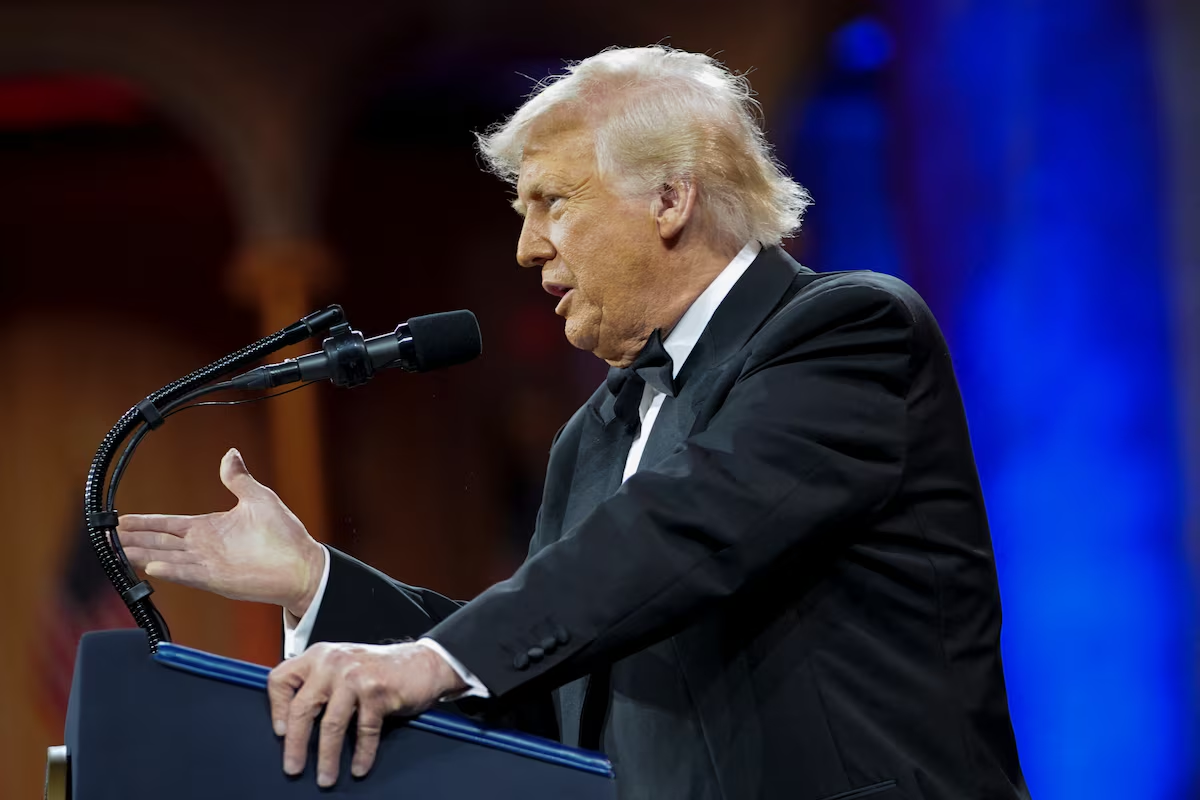
Pharmaceutical tariffs are back in play. And this time, they come with sharper tools and fewer exemptions.
Image rights: REUTERS/Nathan Howard
Originally framed as a tool to revive domestic manufacturing, Trump’s tariff policy has evolved into a blunt instrument with high-stakes consequences for the pharmaceutical and biotech industries. By leveraging national security arguments, the administration imposed and threatened sweeping tariffs, including on drug imports, active pharmaceutical ingredients (APIs), and raw materials. It’s a shift with major ramifications for life sciences.
While the core rationale included reshoring production and reducing foreign dependency, industry opposition has been fierce. Twelve states have filed lawsuits challenging the legality of these tariffs, arguing presidential overreach. Yet momentum has returned: Trump’s recent commentary suggests an appetite for aggressive tariff policy in a second term, with pharmaceuticals once again in the crosshairs.
Specifically, the “Most Favored Nation” drug pricing initiative seeks to force parity between U.S. prices and the lowest rates globally. If foreign governments refuse to raise prices, Trump has signaled the use of tariffs as leverage. This raises the specter of a two-front policy war: tariffs from abroad and price controls at home.
For life sciences leaders, this is no longer a policy debate. It is a strategic risk requiring direct response and scenario planning, particularly for firms relying on complex international supply chains or global revenue bases.
Tariffs and Their Financial Impact on Life Sciences
The financial ramifications of tariff expansion on the life sciences industry are profound and quantifiable. A 25% U.S. tariff on pharmaceutical imports would inject nearly $51 billion annually into domestic drug costs, according to a PhRMA-commissioned report. These costs are won’t be absorbed in a vacuum and will be passed through the supply chain, ultimately impacting margins, pricing strategies, and investor confidence.
Imported ingredients, which constitute roughly 30% of pharmaceutical inputs, would see production costs rise by over 4%. This is particularly critical for small and mid-tier biotech companies that operate on thinner margins and rely heavily on overseas contract development and manufacturing organizations (CDMOs).
Reshoring facilities is not a viable short-term solution. The construction of a U.S.-based drug manufacturing site can exceed $2 billion and require up to 10 years to become operational. These capital-intensive timelines are misaligned with political cycles and investor expectations, compounding risk.
Meanwhile, low-margin generic drug makers are caught in a bind. Even minor cost pressures from tariffs, when paired with existing price caps under Medicare or international reference pricing, can render entire product lines unprofitable, raising the specter of market exits and drug shortages.
Executives must recalibrate financial models now. Whether through cost mitigation, contract renegotiations, or proactive lobbying, inaction is a strategic vulnerability in a rapidly shifting policy landscape.
Strategic Risks: Supply Chain, R&D, and Biotech Leadership
Beyond financial strain, the latest news on tariffs in life sciences surfaces critical strategic risks across operations, innovation, and global positioning. Tariffs threaten the stability of the industry’s highly interdependent global supply chains, introducing cost volatility and delivery delays that ripple across every function in the value chain, from clinical development to commercialization.
For companies dependent on offshore facilities in Ireland, India, or China, even minor policy shifts can disrupt access to critical APIs or finished products. The result: stalled pipelines, missed trial milestones, and patient access interruptions. This is particularly damaging for firms focused on orphan drugs, where a single overseas site often manufactures the entire global supply.
R&D is another casualty. Cash flow compression from tariffs and pricing controls translates directly into reduced innovation investment. This affects not only large pharmaceutical companies but also smaller biotechs that depend on venture capital and partnerships. As domestic R&D contracts, there’s a risk of outsourcing innovation abroad, particularly to countries like China, which continue to aggressively invest in life sciences infrastructure.
The cumulative outcome? A quick erosion of U.S. biotech leadership that will impact market share and scientific breakthrough velocity. If left unchecked, this shift could redefine the global biotech map, with long-term consequences for domestic competitiveness, employment, and national security.
Executives must stress-test R&D roadmaps and re-evaluate geographic dependencies, balancing risk tolerance with resilience strategies in an era of rising protectionism.
Drug Pricing Policy Interplay and Patient Impact
Tariffs do not operate in isolation. They intersect with a growing portfolio of U.S. drug pricing policies that add layers of pressure for life sciences companies while raising new concerns for patients. Chief among these is the Most Favored Nation (MFN) pricing proposal, which would peg U.S. drug prices to the lowest globally available rates. If foreign governments refuse price hikes, the administration has signaled the use of tariffs to force compliance.
This dynamic creates an unsustainable squeeze. U.S. firms are expected to lower prices at home while shouldering higher costs due to tariffs. For low-margin generics, the combination of price ceilings and cost hikes is untenable, leading to product discontinuation and risk of shortages.
Patients are already feeling the effects. Reports estimate that drug costs could rise by 12.9%, disproportionately impacting those reliant on chronic treatments or rare disease therapies manufactured in single overseas facilities. Disruptions to these production lines could delay or halt treatment delivery entirely.
Moreover, the dual force of tariffs and MFN pricing threatens to reduce R&D capital. Less capital means fewer drugs in the pipeline. Patients awaiting next-generation cancer therapies, gene editing technologies, or rare disease treatments will pay a high price.
These policies may produce counterproductive outcomes, increasing costs and reducing innovation. Life sciences leaders must communicate these risks clearly to policymakers and the public, reframing the debate around sustainable healthcare innovation.
Strategic Recommendations for Executives
In this volatile regulatory climate, life sciences executives must adopt a proactive, multi-dimensional strategy to mitigate tariff-related risks. The following are high-priority recommendations:
1. Diversify Supply Chains Immediately
Avoid over-reliance on single-country manufacturing hubs. Establish dual-source models for APIs and critical inputs, including partners in U.S.-friendly trade zones. Even partial onshoring can improve negotiating leverage and reduce lead-time risk.
2. Reassess Pricing Models and Contracts
Review existing pricing agreements and payer contracts for clauses affected by cost variability. Implement dynamic pricing or tiered discount models where legally feasible to protect margins against sudden tariff-induced spikes.
3. Prioritize Resilience Over Efficiency
The era of hyper-lean operations may be over. Build financial buffers and operational redundancies into global supply planning. Rebalance just-in-time inventory models with safety stock levels for high-risk SKUs.
4. Engage Policy Stakeholders
Small and mid-size biotechs must coordinate through trade groups like BIO and PhRMA to ensure their voices are heard in Washington. Advocate for tariff exemptions on critical medicines, and highlight how these policies hurt innovation and patient care.
5. Stress-Test R&D and Capital Planning
Model multiple policy scenarios — including sustained tariffs and MFN pricing — into your five-year financial forecasts. Adjust R&D timelines, partnership strategies, and capital raises accordingly. Delayed planning could result in lost funding or pipeline attrition.
6. Communicate Strategically
Investor relations, board communications, and public messaging should all reflect a clear, confident narrative on tariff readiness. Stakeholders expect you to anticipate policy shifts, not react to them.
Executives who act now, and not when policy is finalized, will protect value, maintain strategic agility, and position their companies for long-term competitiveness amid global realignment.

A modern ERP is the perfect tool for Leaders in Life Sciences to act now, and not after the fact.
Modern ERPs safeguard margins, pipelines and competitive position.
#GOATConsultants™-Level Insights:
The latest news on tariffs in life sciences signals a seismic shift in the regulatory and economic landscape. Between rising costs, disrupted supply chains, and diminishing R&D capital, life sciences leaders face a critical inflection point.
To remain competitive, companies must go beyond compliance: they must lead. That means recalibrating strategies, reinforcing supply chains, and advocating effectively at the policy level.
Tariffs and price controls may evolve, but what remains constant is the need for decisive executive action. Now is the time to prepare, adapt, and shape the future of the industry.
Downloand the list of exemptions
Join us for a free 30 minutes call.
Enjoy more great insights:
- Latest News On Tariffs In Life Sciences
- Trump’s Biotech Policy Is Reshaping Global Science and Pharma Supply Chains
- Tariff Exemptions in Life Sciences – A Closer Look at the April 2025 Update
- Licensing Agreements In Life Sciences Amidst Trade Wars and Regulatory Shifts
- Tariff War In Life Sciences: How to Manage Customs Risks and Costs
- Medicine Shortages in the EU: Root Causes and Strategic Solutions
Learn more about financial management in the life sciences.
- Mastering Licensing Agreements Financial Management for Life Sciences Success

- Is Finance The Weak Link in Biotech Innovation?

